Lung Cancer
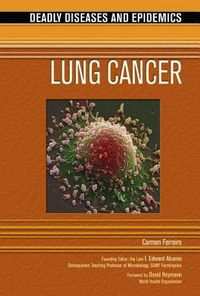
Summary
Lung cancer the uncontrolled growth of abnormal cells in the lung tissues—is the number one killer among cancer Lung cancer alone accounts for 28.5 percent of all cancer-related deaths. Yet, in over 85 percent of the cases, the disease might have been prevented by eliminating its main smoking. Lung cancer is especially deadly because it has no distinct, exclusive symptoms. And by the time it is detected, the disease is usually too advanced to cure. This potentially life-saving book offers important details on new methods for early detection, improvements in conventional treatment (surgery, chemotherapy, and radiotherapy), and the development of new therapies that specifically target cancer cells.
Similar Books
-
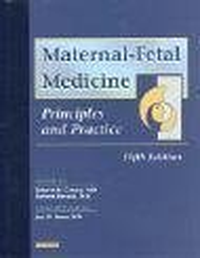 Maternal-Fetal Medicine
Maternal-Fetal Medicineby Robert K. Creasy
-
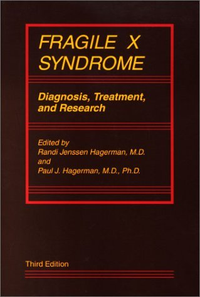 Fragile X Syndrome: Diagnosis, Treatment, and Research
Fragile X Syndrome: Diagnosis, Treatment, and Researchby Randi Jenssen Hagerman MD
-
 The Metabolic Syndrome
The Metabolic Syndromeby Christopher Byrne
-
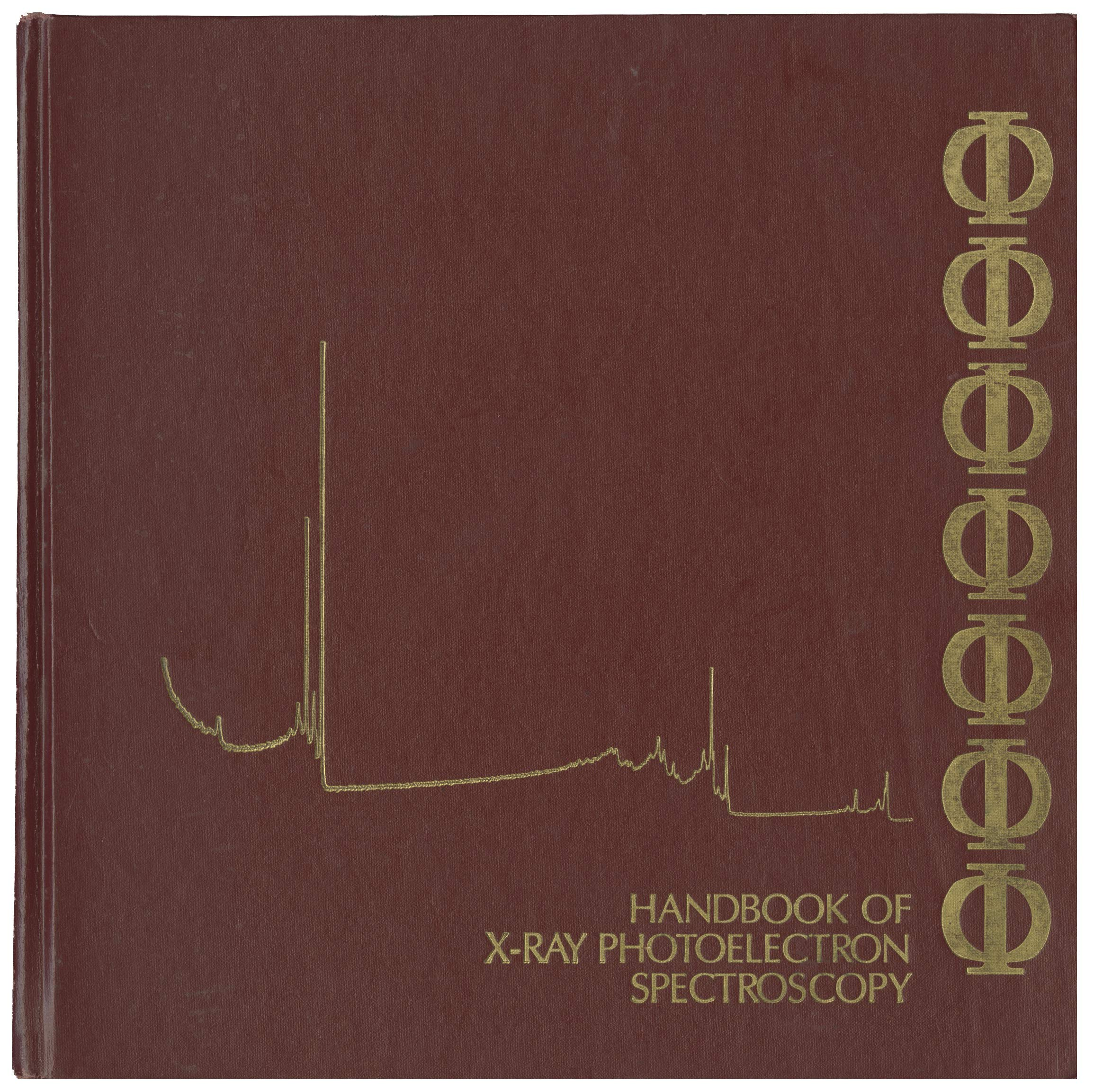 Handbook of X Ray Photoelectron Spectroscopy
Handbook of X Ray Photoelectron Spectroscopyby John F. Moulder
-
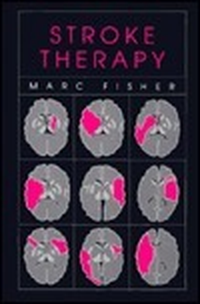 Stroke Therapy
Stroke Therapyby Marc Fisher
-
 The Design of Analgesic Clinical Trials
The Design of Analgesic Clinical Trialsby Mitchell B. Max
-
 Cytokines in Trauma and Hemorrhage
Cytokines in Trauma and Hemorrhageby Harvey J. Sugerman
-
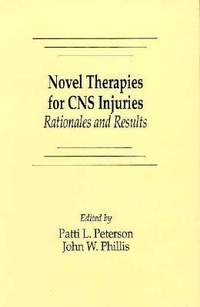 Novel Therapies for CNS Injuries: Rationales and Results
Novel Therapies for CNS Injuries: Rationales and Resultsby Patti L. Peterson
-
 Acute Stroke: Bench to Bedside
Acute Stroke: Bench to Bedsideby Anish Bhardwaj
-
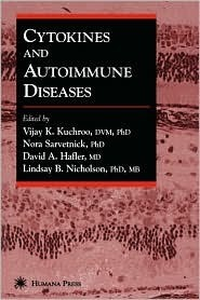 Cytokines and Autoimmune Diseases
Cytokines and Autoimmune Diseasesby Vijay K. Kuchroo
-

-
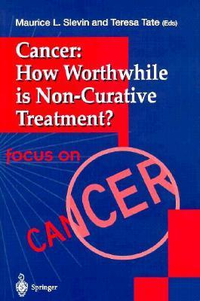 Cancer: How Worthwhile Is Non-Curative Treatment?
Cancer: How Worthwhile Is Non-Curative Treatment?by Teresa Tate
-
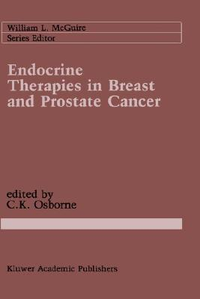 Endocrine Therapies in Breast and Prostate Cancer
Endocrine Therapies in Breast and Prostate Cancerby C. Kent Osborne
-
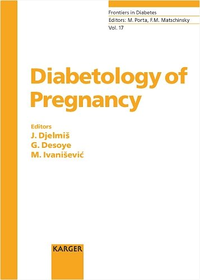 Diabetology of Pregnancy
Diabetology of Pregnancyby J. Djelmis
-
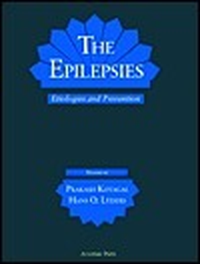 The Epilepsies: Etiologies and Prevention
The Epilepsies: Etiologies and Preventionby Prakash Kotagal